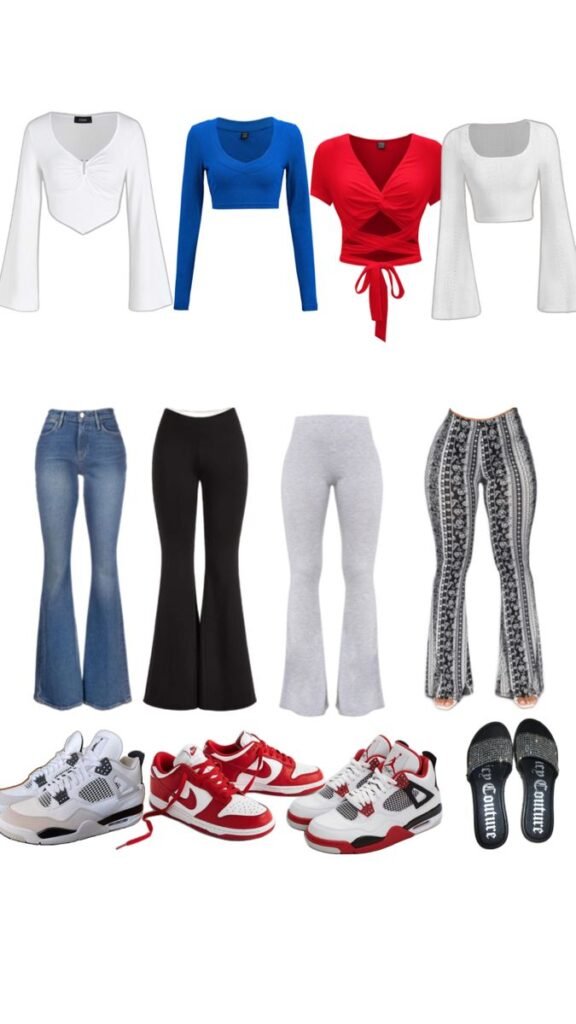Driving after a root canal procedure can raise concerns about safety and comfort. Explore the safety of driving post-root canal, along with tips for preventing the need for such a procedure.
Driving After a Root Canal: Is It Safe?
The answer to this is not that simple, it depends in some things which you need to understand first before driving after a root canal.
Type of Anesthesia Used:
Most root canals are performed under local anesthesia which numbs only the area around the tooth. If you receive only local anesthesia, you should be able to drive yourself home after the procedure. But if you were given sedation (such as nitrous oxide, oral sedatives, or intravenous sedation) which can impair your reflexes, judgment and coordination and making it unsafe to operate a vehicle. So, it’s better to arrange someone else to drive for you.
Personal Comfort and Reaction:
Individual reactions to dental procedures vary. If you feel dizzy, lightheaded or particularly uncomfortable after your root canal so it’s best not to drive until you feel better. Listen to your body and give yourself time to recover if needed.
Medications Taken:
If you’ve been prescribed stronger pain medications such as opioids, you should avoid driving. These medications can impair your ability to drive safely.
How Complex a Root Canal Procedure is?
A root canal is performed when the pulp inside a tooth becomes infected or inflamed due to deep decay, repeated dental procedures, faulty crowns, or a crack or chip in the tooth. During the procedure the infected pulp is removed and the inside of the tooth is cleaned, disinfected and then filled and sealed. Often, a crown is placed on the tooth to restore its function and appearance.
Post-Procedure Considerations:
After a root canal, it’s normal to experience some discomfort or mild pain once the anesthesia wears off. This is usually manageable with over-the-counter pain relievers like ibuprofen or acetaminophen. The treated tooth and surrounding area may feel tender for a few days as the tissue heals.
Prevention Need for a Root Canal:
Prevention is always better than cure. Here are some tips to help prevent the need for a root canal:
Maintain Good Oral Hygiene: Brush your teeth twice a day with fluoride toothpaste, floss daily, and use an antiseptic mouthwash to reduce harmful bacteria.
Regular Dental Check-ups: Visit your dentist regularly for check-ups and cleanings. Early detection of problems can prevent the need for more extensive procedures.
Avoid Sugary Foods and Drinks: Limit your intake of sugary foods and beverages, which can contribute to tooth decay.
Wear a Mouthguard: If you play sports, use a mouthguard to protect your teeth from injury.
Address Dental Problems Promptly: If you experience tooth pain, sensitivity, or notice a cracked or chipped tooth, see your dentist as soon as possible to address the issue before it worsens.
Consider Dental Sealants: Dental sealants are a protective coating applied to the chewing surfaces of the back teeth. They can prevent decay and the need for future dental procedures.
Conclusion:
Driving after a root canal is generally safe if only local anesthesia was used and you feel comfortable. However, if sedation or strong pain medications are involved, it’s best to arrange alternative transportation. Always prioritize your safety and recovery after any dental procedure. By maintaining good oral hygiene and taking preventive measures, you can reduce your risk of needing a root canal in the first place.




























